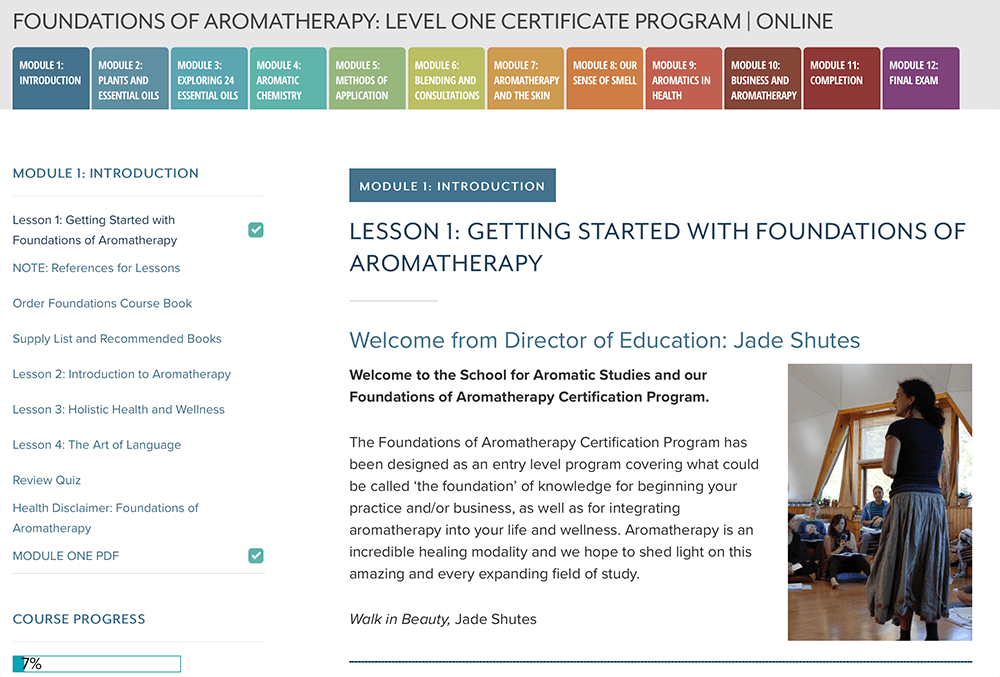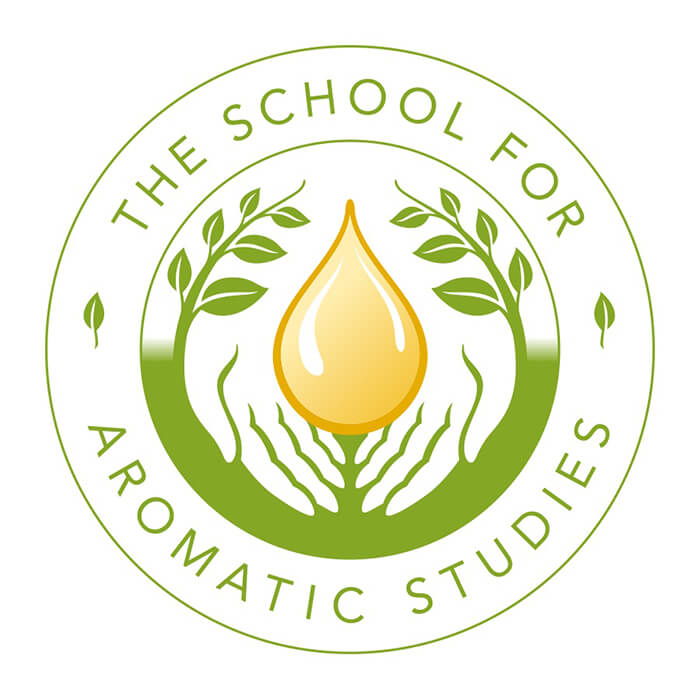Watch: The Basics of Essential Oils Part I with Jade Shutes
NOTE: Part Two is below in the section on GENERAL CHARACTERISTICS OF ESSENTIAL OILS
Introduction
Holistic aromatherapy begins with the quality and authenticity of the essential oils to be utilized. Optimal therapeutic and safe applications can only truly be derived from the use of whole, genuine, authentic essential oils. The use of low-quality, cheap, or inexpensive adulterated essential oils increases the likelihood of an adverse response and/or reduced therapeutic activity. Companies selling a wide range of essential oils seem to be a dime-a-dozen these days. An internet search on aromatherapy will produce over 10,000 links to this plethora of “aromatherapy” businesses. So how does one choose? What information should you look for? How do you know if it is adulterated? How should essential oils be stored? How safe are essential oils?
These are important questions, and by the end of this chapter you will be able to answer each one accurately with knowledge and experience.
ESSENTIAL OIL INFORMATION
When looking for essential oils to purchase and from what company, there are a number of factors to consider. Aromatherapy companies should provide uniform information on each essential oil they sell. This information is often found on the essential oil label and/or in their product catalog. This information should include:
➙ Common name
The common name is the most widely accepted name for a given plant species within a given culture or regional area. Common names, however, do not always correctly identify an exact botanical species because these names are often used generally for all hybrids or cultivars that belong to that species. Common names can also vary from region to region as well as in various countries throughout the world.
For aromatherapy purposes, one must be able to identify the exact essential oil being used. For instance, if one were to say “I used lavender in the blend”, almost everyone would think of the type of lavender they are familiar with. Each of these essential oils has a slightly different chemical composition and is applied for different therapeutic purposes. The common name is great for the general public, but for the practitioner, it is best to document and identify each essential oil used during a session by its Latin name.
➙ The Scientific Name: Exact Botanical Species
Aromatic medicine, like aromatherapy or herbal medicine, requires the practitioner to know the exact botanical species of the plant used to distill the essential oil. When referring to the botanical specificity of an essential oil, the Latin binomial, or scientific name, is used.
The Latin binomial is the internationally recognized identity of a specific plant, distinguished from all others.
The Latin name is made up of two parts: genus and species.
The genus refers to a group or category of plants that are similar in botanical structure. The genus name is the first word and is always italicized and capitalized: Lavandula.
The species name identifies the exact plant within a specific genus. Species has to do with direct characteristics of the plant, including leaf structure, flower structure, reproduction, and other characteristics within a family of plants. The species name is technically the full Latin binomial but is represented in the second part of the name: angustifolia. Species names are always italicized and in lower case. The full Latin binomial of lavender is Lavandula angustifolia.
To appreciate the importance of the Latin binomial, let’s have a look at the Eucalyptus species. There are over 250 species in the Eucalyptus genus, of which 8 are commonly found within the aromatherapy industry. These include Eucalyptus globulus, Eucalyptus dives, Eucalyptus citriodora, Eucalyptus stageriana, Eucalyptus smitthi, Eucalyptus camaldulensis, Eucalyptus polybractea and Eucalyptus radiata. Although they share some common therapeutic benefits, each species has its own unique chemistry and ‘personality’ and therefore unique therapeutic applications.
Like eucalyptus, several species of lavender are used in aromatherapy, including Lavandula angustifolia, Lavandula latifolia syn. spika, and Lavandula stoechas.
The Chamomiles, on the other hand, are an example of a diverse genus within a family of plants. In this case, the family is Anthemideae. The Anthemideae family contains 3 genera commonly referred to as chamomiles, including Chamaemelum, Matricaria and Eriocephalus. The essential oils that are derived from these plants include Roman chamomile (Chamaemelum nobile), German chamomile (Matricaria recutita) and Cape chamomile (Eriocephalus punctulatus).
Aromatic plants may be hybrids. A hybrid is the result of a cross-fertilization between two different plant species or two varieties within a species. Hybrids are symbolized with a multiplication sign (x). Lavandula x intermedia is a hybrid between Lavandula angustifolia and Lavandula latifolia. The most common lavender hybrids available are Lavandula x intermedia and Lavandula x burnati.
Plants that are used to produce essential oils may be grown as cultivars. A cultivar is a plant that has been cultivated to display certain desirable characteristics in taste, aroma or appearance. The hybrid Lavandula x has two common cultivars, Lavandula x intermedia ‘Grosso’ and Lavandula x intermedia ‘Abrialii’. (These cultivars are becoming less common as L. x burnati rises in availability). Not only are these plants cultivars, they are also hybrids as noted by the ‘x’.
When purchasing essential oils, formulating products, and documenting your work, specify the exact botanical species that you use.
➙ Morphological specificity: Part of plant used
Some plants produce essential oils from more than one part, such as from the seed and the root. The parts of the plant are known as morphological structures. The bitter orange tree, Citrus aurantium var. amara, yields essential oils from three different morphological structures: Petitgrain is extracted from the leaves, neroli from orange blossoms, and bitter orange from the zest of the fruit.
When a plant produces essential oils in more than one of its parts, differences in aroma and chemical composition occur. Petitgrain and neroli are both commonly used for their antidepressant and stress-relieving properties, but each has a unique aroma and a slightly different chemical composition.
Another example is the essential oils obtained from the cinnamon tree, Cinnamomum zeylanicum. Cinnamon bark essential oil has the characteristic cinnamon aroma, is rich in cinnamic aldehyde, and is a major skin irritant when used undiluted or in high dosages. Cinnamon leaf, on the other hand, has a cinnamon-clove aroma, is rich in the phenol eugenol, and is less irritating to the skin. Both oils have a wide range of antimicrobial activity. Cinnamon leaf is commonly employed by western or English aromatherapists, and cinnamon bark tends to be used internally (in oil-based capsules or suppositories) by aromatic medicine practitioners.
When purchasing essential oils, formulating products, and documenting your work, specify the part of the plant when it is relevant. (Some plants have only one part that is used to distill the essential oil; in these cases, the part does not need to be noted.)
The parts of a plant an essential oil can be extracted from include:
Parts of the Plant Essential Oils are Dervied From
| Part of Plant | Essential Oils |
|---|---|
| Seeds | Angelica seed, Carrot seed, Caraway, Celery, Coriander, Dill, Fennel |
| Roots/Rhizomes | Vetiver, Spikenard/Jatamansi, Garlic, Angelica root |
| Wood/Bark | Cinnamon bark, Cedarwood, Sandalwood |
| Resin | Frankincense, Myrrh, Elemi, Benzoin |
| Leaves | Basil, Eucalyptus, Patchouli, Petitgrain, Tea tree, Thyme |
| Needles | Fir, Pine, Cypress |
| Buds | Clove |
| Grasses | Lemongrass, Gingergrass, Palmarosa |
| Fruit | Bergamot, Grapefruit, Lemon, Lime, Mandarin, Sweet Orange, Cardamom |
| Berries | Juniper berry |
| Flowers | Jasmine, Rose, Neroli, Lavender, Roman chamomile, German chamomile |
➙ Biochemical specificity
Biochemical specificity refers to the identification of a chemotype of a specific essential oil. Many factors influence the chemical composition of essential oils, including growing conditions of the plant, such as light, soil, temperature, moisture, climate, and altitude, as well as geographic area (country of origin). The term chemotype is used to describe an essential oil that has been extracted from one botanical species yet varies considerably from the norm in chemical composition. Catty defines a chemotype as follows:
“A chemotype occurs when a plant of a specific genus and species produces a particular chemical in a higher-than-normal amount because of geographic location, weather, altitude, insect and environmental interactions, and the like. A chemotype is not a different species or genus, nor is it a type of chemical; it is merely a chemical anomaly within the plant that occurs naturally.”
The term ‘chemotype’ was made an official designation in the European Union in 2006.
It is defined as a distinct chemical entity within the same species.
Not all essential oils have chemotypes, nor are all chemotypes available in the market. Rosemary (Rosmarinus officinalis) and thyme (Thymus vulgaris) are the most common chemotypes available within the aromatherapy industry although more diverse essential oils enter the market. A chemotype will be noted with the abbreviation “ct.”, as in Rosemary ct. verbenone or Thyme ct. linalool.
When purchasing essential oils, formulating products, and documenting your work, specify the chemotype when relevant.
➙ How it is grown
Typically, an aromatherapy supply company should be able to tell you how the plant was grown.
There are four main types of ways a plant can be grown:
- Ethical Wild-crafted: plants that have been collected in the wild or in their native environment. Ethically wild-crafted means that a company or individual has taken care to ensure that the “species can withstand harvesting and still proliferate.”
- Cultivated: plants that are specifically grown to be distilled for essential oils
- Traditional/Conventional: plants that have been grown with the use of pesticides
- Organic: plants that have been grown without the use of pesticides and usually fulfill organic guidelines set out by independent agencies. Organic farming is not just the absence of pesticides but the presence of an agricultural system that protects croplands supports biodiversity and respects the balance of nature rather than attempting to control it with powerful, often toxic synthetic chemicals.
The Organic Trade Association defines organic agriculture as “an ecological production management system that promotes and enhances biodiversity, biological cycles and soil biological activity. The primary goal of organic agriculture is to optimize the health and productivity of interdependent communities of soil life, plants, animals, and people.”
➙ Batch number / GC/MS Report
Some aromatherapy companies supply a batch number. This batch number is used to identify a specific batch or drum of essential oil from a specific supplier during a specific year. This batch of essential oil will be accompanied by a specific independent GC/MS analysis for that batch.
➙ Standard safety warning on essential oils
The standard safety note on the vast majority of essential oils is Not for internal use. Keep away from children. The main reason for the “Not for Internal Use” is to protect the essential oil company from legal liability. There is growing education with regards to the Internal Use of Essential Oils and we highly recommend receiving training in this area if you are interested in learning more.
It is important to keep all essential oils out of reach of children as some can be highly toxic, especially if taken internally. Many aromatherapy companies will note in their catalog and/or on their website that caution should be taken when utilizing essential oils during pregnancy. This issue is addressed in the next lesson: Safety and Essential Oils.
➙ Size of bottle/essential oil content
Most essential oil companies use the metric system for describing the amount of essential oil within a bottle. The most common sizes found within aromatherapy are: 5 milliliters (mls) is the equivalent of 1/6 of an ounce.
- 10 mls is the equivalent of 1/3 of an ounce.
- 30 mls is equal to 1 ounce.
- 120 mls is equal to 4 ounces.
- 240 mls is equal to 8 ounces.
STORAGE INFORMATION
Essential oils have a general shelf life of two to five years depending on the individual oil and the manner in which they are stored. For instance, citrus oils tend to have a much shorter shelf life than more viscous essential oils such as vetiver or patchouli. It is wise to replace citrus essential oils every six to twelve months to avoid adverse reactions caused by oxidation of compounds found within them. Adhering to the following guidelines will enhance the longevity of essential oils.
➙ Essential oils are stored in amber or blue bottles.
Essential oils are volatile organic compounds that are sensitive to heat and light. It has been an accepted part of the aromatherapy industry that essential oils need to be in a dark-colored glass to protect them from ultraviolet rays from the sun and other similar light.
➙ Bottles must have an appropriate orifice reducer.
To reduce the impact of oxygen on essential oil degradation, all essential oil bottles must have an appropriate orifice reducer. This is a small dropper insert that fills the opening of the bottle. Eyedroppers should not be used as these are porous and hence allow oxygen to enter into the essential oil. Essential oils will also slowly dissolve the plastic on an eyedropper leading to plastic (rubber) in the essential oil as well as disintegration of the dropper.
Orifice reducers serve two other important purposes in addition to reducing oxidation. These purposes include:
- to prevent excessive/large amounts of the oil coming from the bottle in case a child has gotten a hold of the oil and
- to allow the practitioner to count the appropriate number of drops.
➙ Essential oils are best stored away from sunlight and direct heat.
Essential oils are susceptible to heat and light and hence are best stored in a relatively cool area and away from direct light. It is recommended that essential oils be stored in the refrigerator to increase shelf life. Some aromatherapists follow this guideline while others simply choose to store their essential oils in a cool area. The most important essential oils to refrigerate are the citrus oils and others rich in monoterpenes.
➙ Move essential oils to smaller bottles.
If you are purchasing essential oils in 1, 2, 4, 8, 16 or 32-ounce sizes, then it is important to pour essential oils into a smaller container once a certain amount has been used. As you use an essential oil from a larger bottle, the headspace of air between the top of the bottle and the essential oil increases, which can increase oxidation of the oil. It is therefore prudent to pour the essential oil into a smaller bottle to decrease the headspace and thereby reduce to some extent the potential for oxidation.
How long should you keep your essential oils?
- For monoterpene-rich essential oils, e.g. Citrus oils, conifers (pine, spruce, hemlock), frankincense as well as lemongrass, neroli, and tea tree: 1-2 years
- For all other essential oils: 2-3 years
- For viscous essential oils, e.g. vetiver, patchouli, sandalwood: 4-8+ years
Watch: The Basics of Essential Oils Part II with Jade Shutes
GENERAL CHARACTERISTICS OF ESSENTIAL OILS
Essential oils display a set of general physical characteristics that give them their identity. In general, essential oils are:
➙ Highly concentrated
This means that the therapeutic effect is considerably magnified. The fact that essential oils are highly concentrated makes them powerful agents, and often, due to their concentration, it is typically necessary to dilute them prior to use. Many aromatherapists believe that it is due to their incredibly high concentration that only a small amount is necessary to have therapeutic effects.
➙ Volatile substances
Volatility refers to the ability of an essential oil to turn from liquid to vapor. An essential oil as a whole is volatile, and individual chemical constituents within an essential oil will volatize more or less quickly than others. For example, lemon is more volatile than vetiver, and limonene (a hydrocarbon terpene) is more volatile than borneol (an oxygenated hydrocarbon alcohol).
➙ Light and non-greasy
The name essential oil can be deceptive. Essential oils are not vegetable or fatty oils, rather they are light, volatile substances that are referred to as “oils.” They have a consistency more like water (although they are insoluble in water) than oil and lack the oily texture of vegetable oils (with the exception of viscous essential oils, such as sandalwood, vetiver, and myrrh).
➙ Mostly clear in color
Most oils have a slight hint of color from clear to light yellow. A few essential oils do have some color, for example, German chamomile, tansy, and yarrow are all a deep rich blue; patchouli can be dark brown; and bergamot can have a light green tint. Absolutes tend to be richer in color due to the chlorophyll and other plant pigments drawn out by the solvent. Resinoids, such as benzoin, myrrh, and frankincense, tend to be dark in color unless they are distilled.
➙ Lipophilic
Essential oils are lipophilic substances, which means they are attracted to and soluble in fatty substances. Essential oils have a strong affinity for lipids and are therefore soluble in:
- Vegetable oils: Sweet almond, Sunflower, Apricot kernel, etc.
- Herbal oils: Calendula, St. John’s wort, Comfrey, and Arnica
- Full fat milk, cream, or honey
- Essential oils are also soluble in alcohol and ether.
➙ Viscosity
Viscosity is the measurement of an essential oil’s thickness. Viscous essential oils are less volatile than low-viscosity oils. The viscosity of an essential oil may slow down absorption through the skin. Viscous essential oils also tend to have a heavier aroma. For example, vetiver essential oil is very viscous compared to tangerine essential oil.
➙ Highly complex chemically
Essential oils are made up of different combinations of a variety of chemical constituents. Some essential oils are considered to be simple in their chemistry, such as wintergreen or birch, which contain up to 99 percent of one active constituent. Other essential oils are highly complex and contain over 100 different main constituents and hundreds more trace components. According to Schnaubelt, “the therapeutic potential of essential oils arises from the synergistic action of the complex mixture of all its components.”
➙ Dynamic substance that exhibits a wide range of therapeutic activity
Essential oils exhibit a wide range of therapeutic activities, including psychological, physiological, spiritual, and energetic. One of the most researched aspects of essential oils is their antimicrobial and antiseptic activity. It is beyond doubt that essential oils are effective antifungal, antiviral, and antibacterial agents and that their natural aroma has an impact on our emotions, spirituality, perception, and behavior.
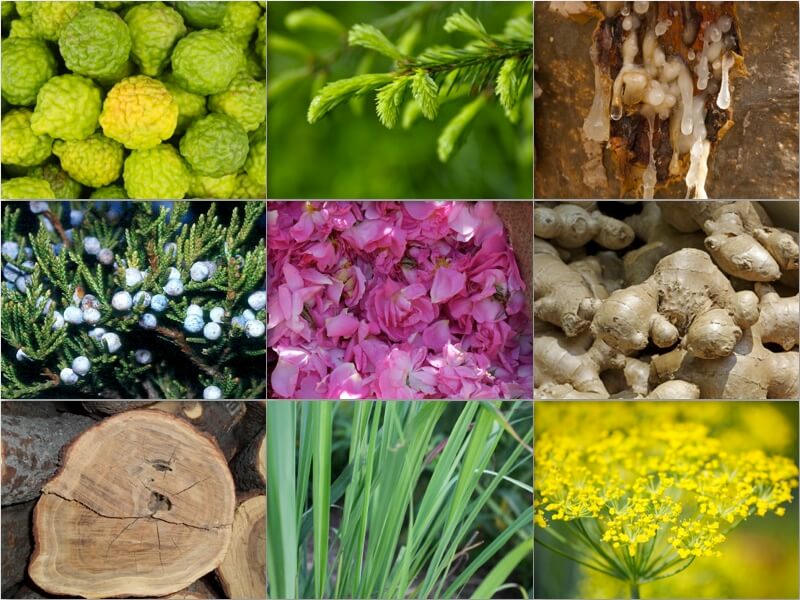
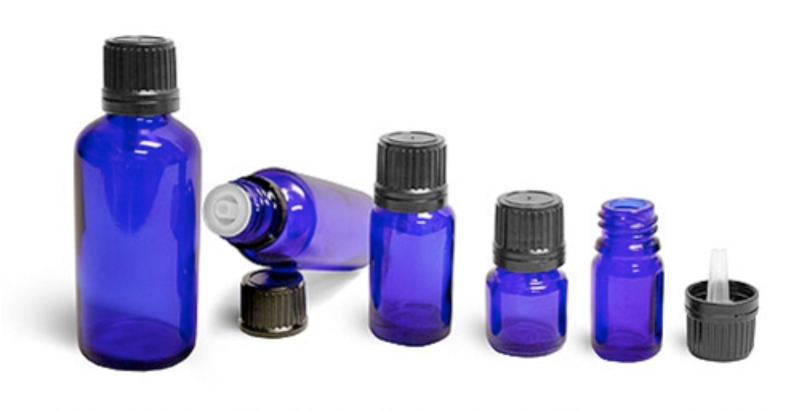

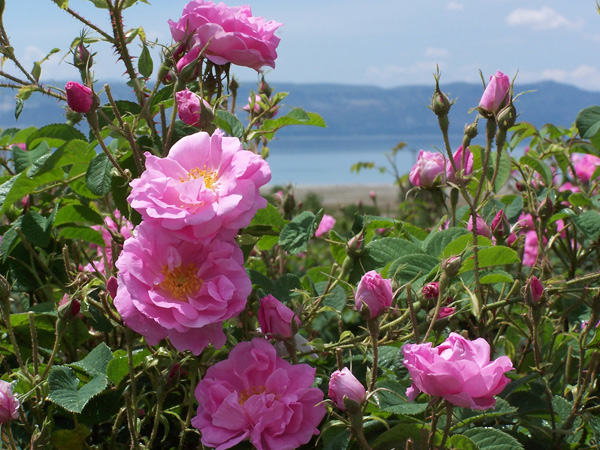
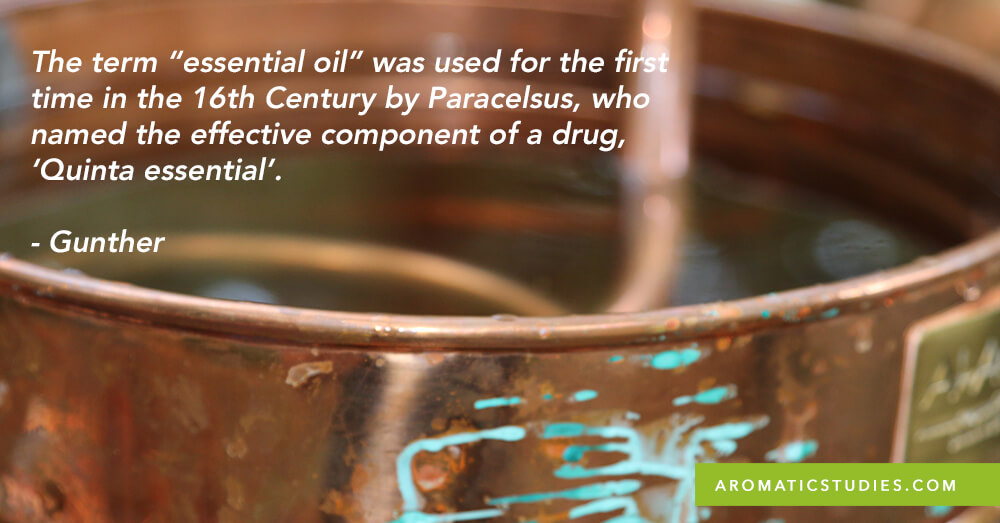
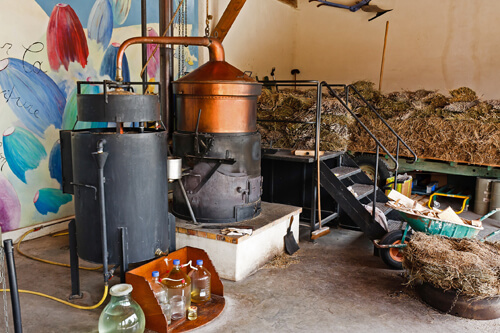
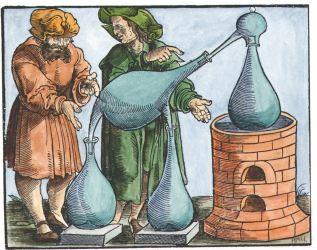
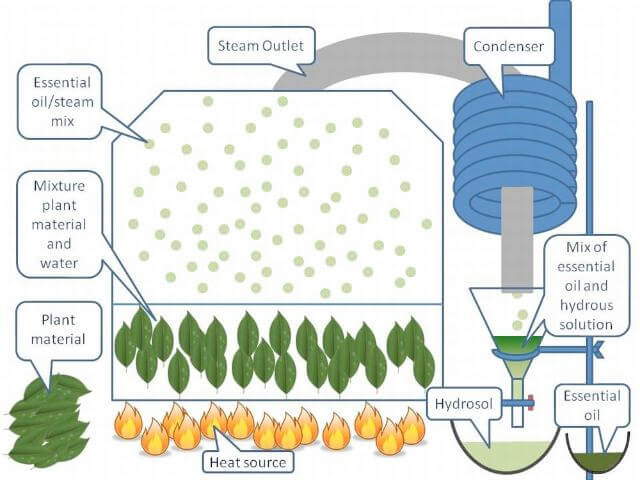

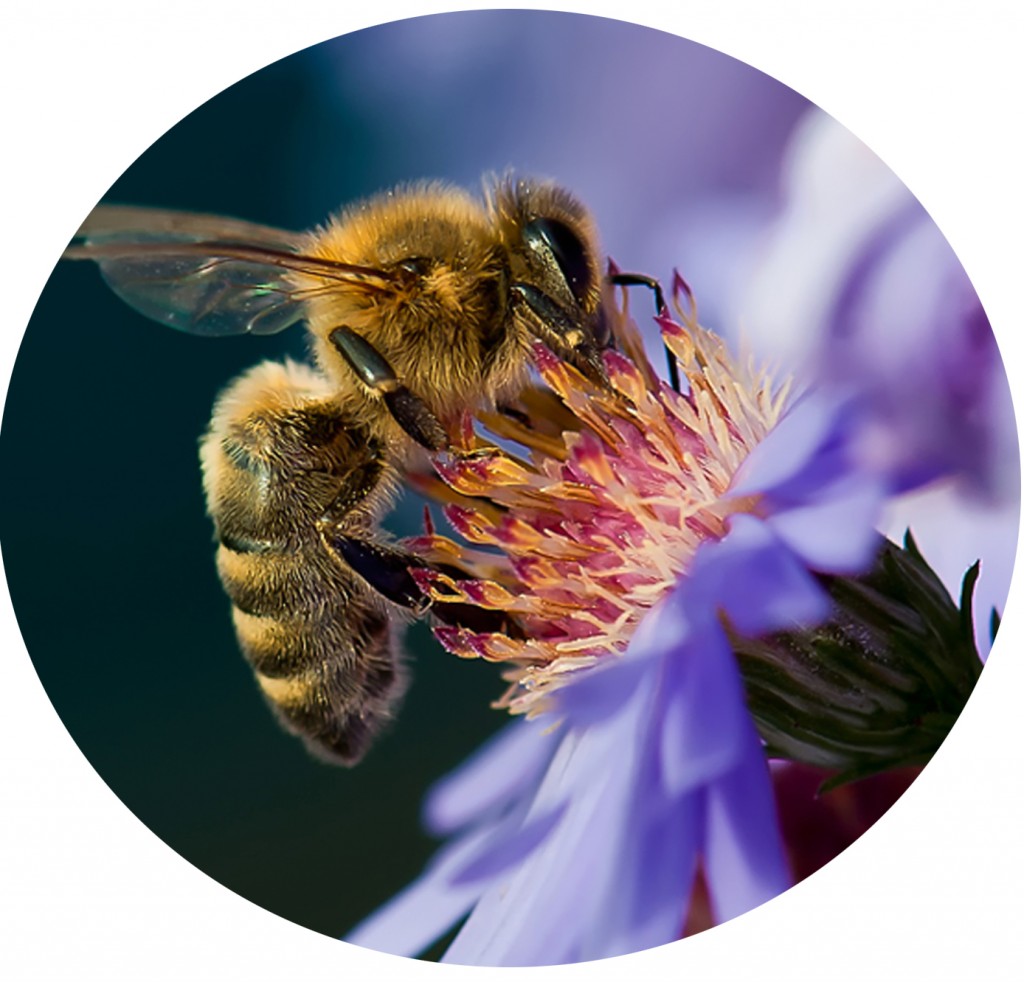
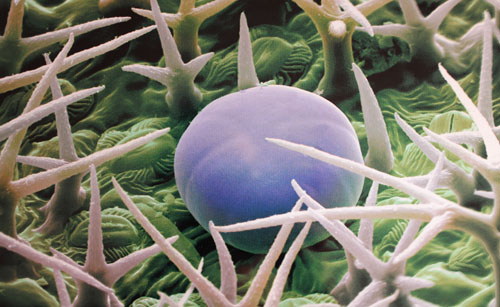
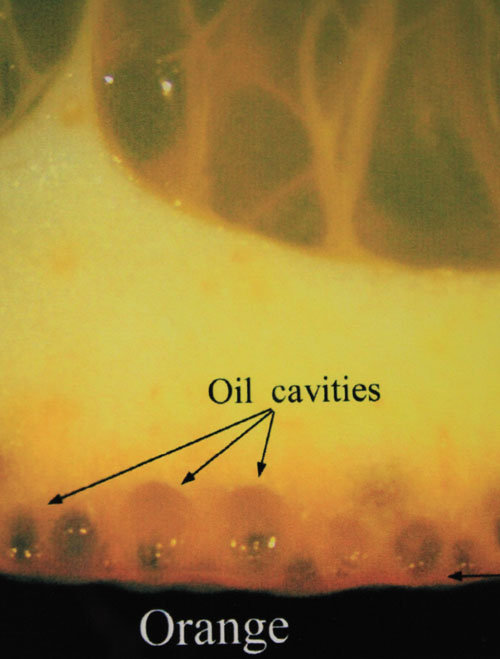
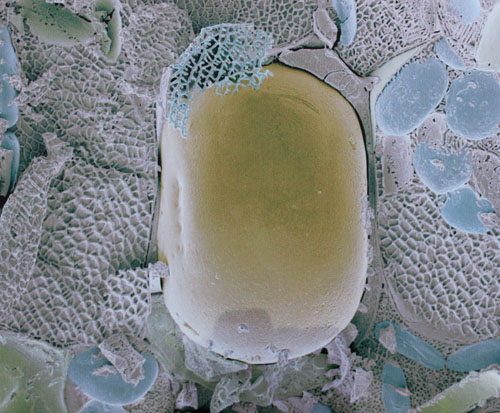
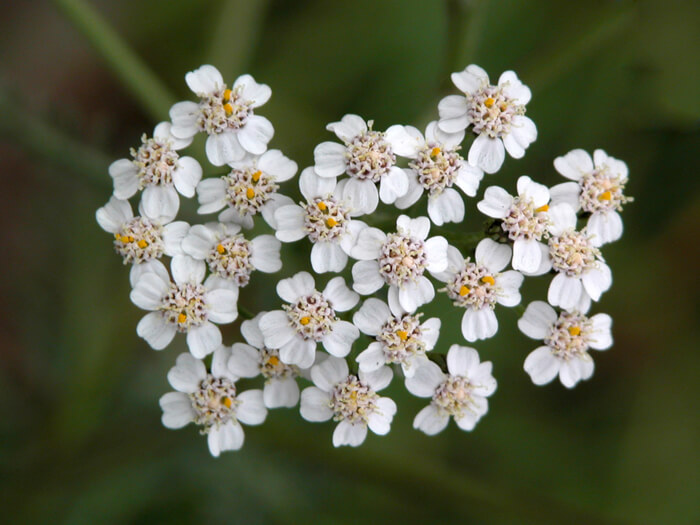
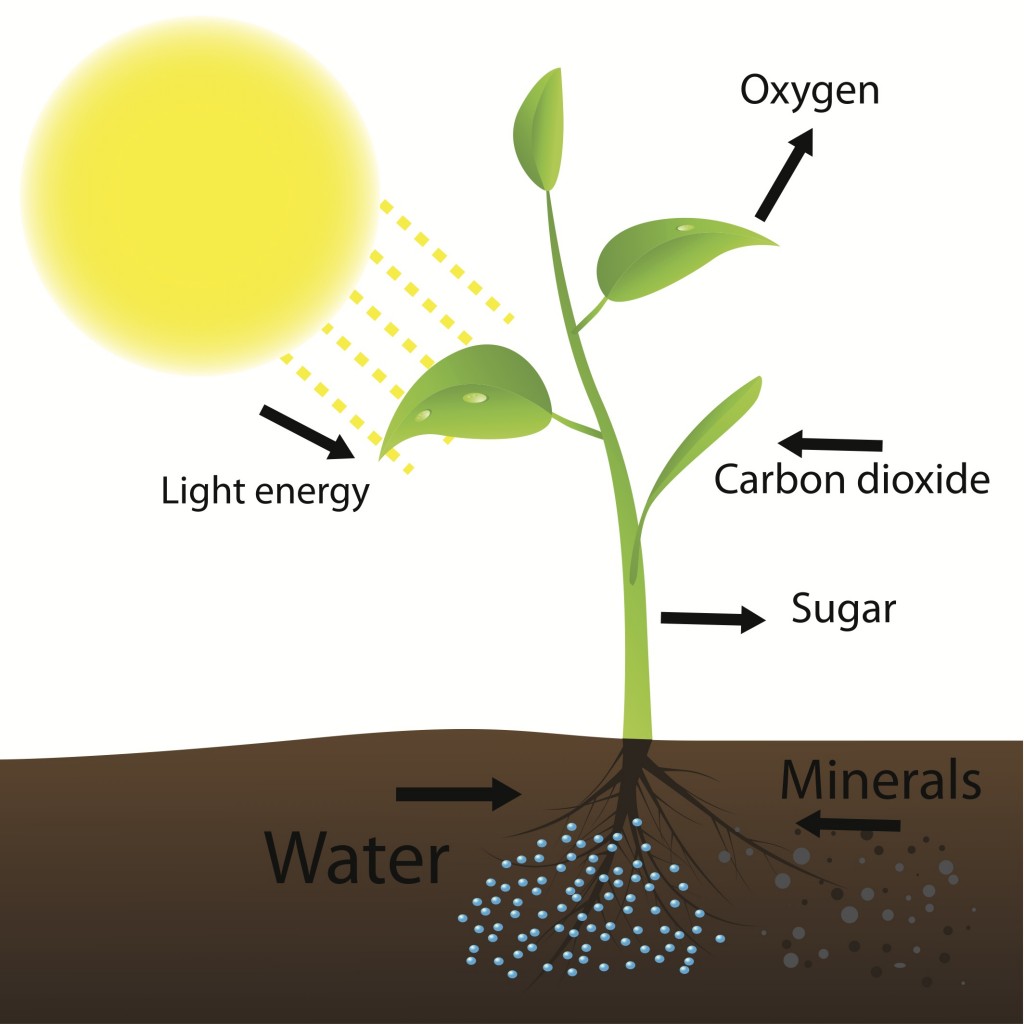
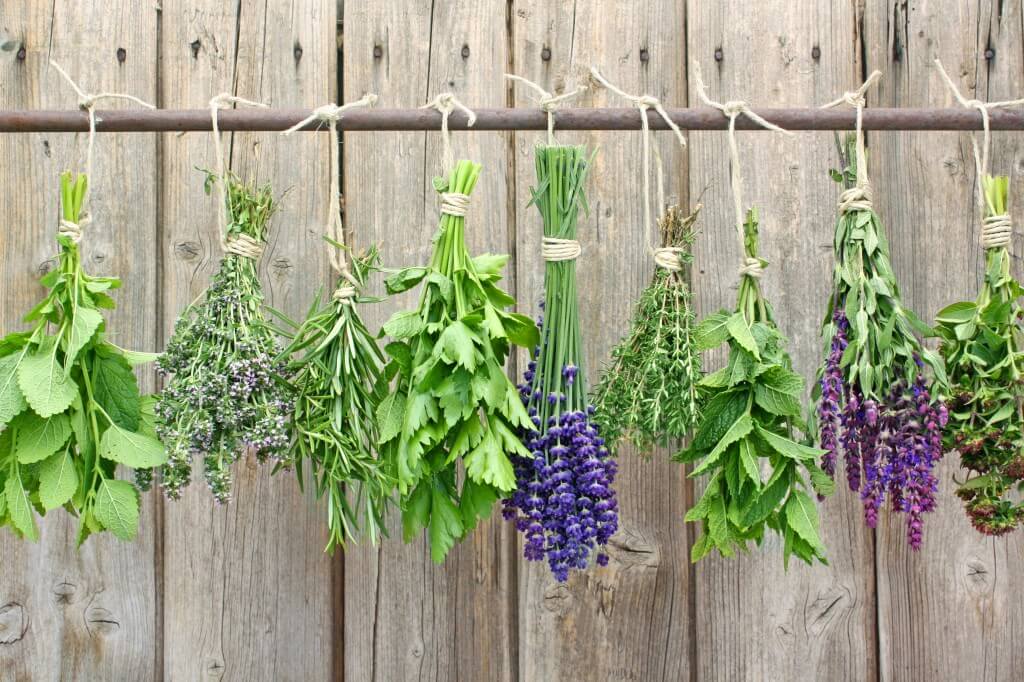
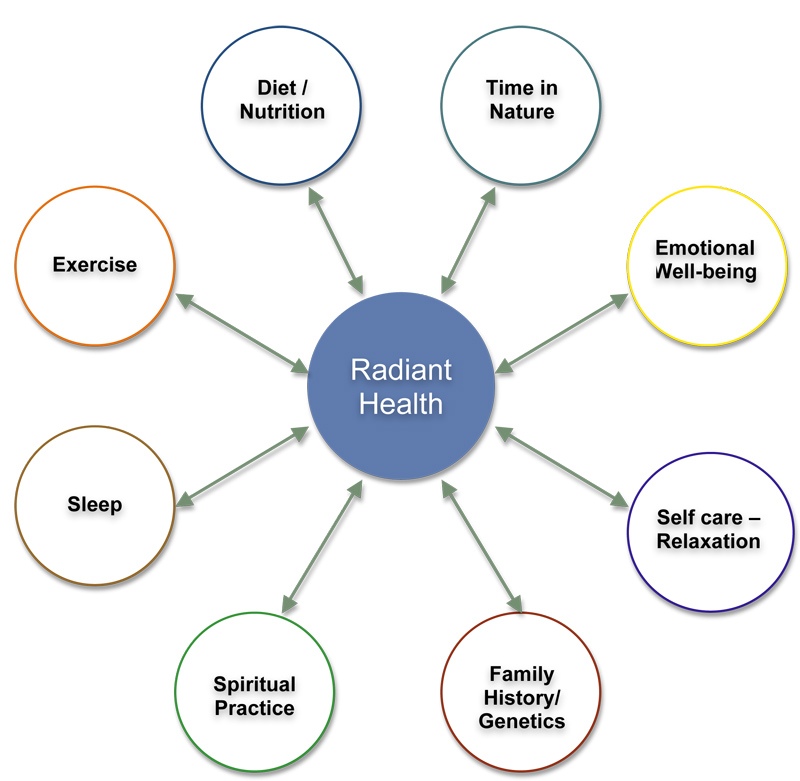
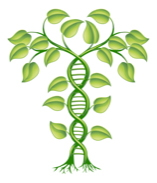
 Aromatherapist as Teacher
Aromatherapist as Teacher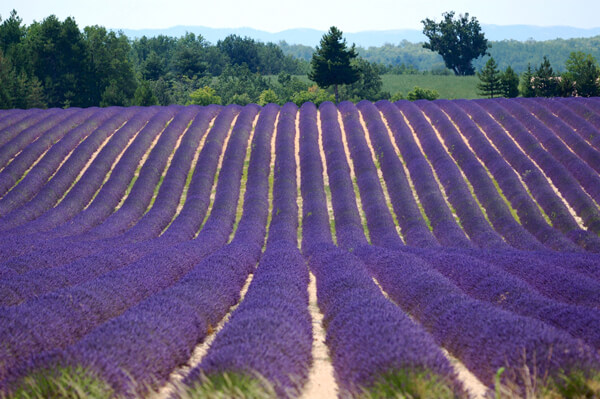

 This history has been compiled from the work of Marcel Gattefosse (1992) on writing about his father in the International Journal of Aromatherapy. Rene-Maurice Gattefosse was born in the French region of Lyon in 1881. Gattefosse grew up around plants and aromas. His father, Louis Gattefosse, owned and operated the Gattefosse perfume business, which remains in business today. During Rene’s youth, perfumes were still created from a mixture of natural essential oils, alcohol extracts, flower pomades, and some synthetic products. Louis and his two sons, Abel and Rene-Maurice, worked closely together to define the conditions under which perfume compositions were prepared so as to achieve constant levels of strength and odor. In 1906, they published a book entitled “Formulaires de Parfumerie de Gattefosse.”
This history has been compiled from the work of Marcel Gattefosse (1992) on writing about his father in the International Journal of Aromatherapy. Rene-Maurice Gattefosse was born in the French region of Lyon in 1881. Gattefosse grew up around plants and aromas. His father, Louis Gattefosse, owned and operated the Gattefosse perfume business, which remains in business today. During Rene’s youth, perfumes were still created from a mixture of natural essential oils, alcohol extracts, flower pomades, and some synthetic products. Louis and his two sons, Abel and Rene-Maurice, worked closely together to define the conditions under which perfume compositions were prepared so as to achieve constant levels of strength and odor. In 1906, they published a book entitled “Formulaires de Parfumerie de Gattefosse.” Dr. Jean Valnet was trained as a traditional medical doctor at the University of Lyon in 1945. Valnet began his research into essential oils in 1953, and his focus was mainly on the best methods of application as well as dosage levels needed to attain maximum benefit without risk of side effects.
Dr. Jean Valnet was trained as a traditional medical doctor at the University of Lyon in 1945. Valnet began his research into essential oils in 1953, and his focus was mainly on the best methods of application as well as dosage levels needed to attain maximum benefit without risk of side effects. Marguerite Maury deserves special attention as her work with essential oils led to the creation of holistic aromatherapy practice as we know it today. Born in Austria in 1895, Maury led an interesting and passionate life. She was trained as a Nurse and surgical assistant in Vienna and then moved to France, where she was given a book entitled “Les Grandes Possibilites par les Matieres Odoriferantes”. (Ryman, D., 1989) This book was to provide Maury with a lifelong passion for researching and educating others on the applications of aromatherapy. Together with her husband, Dr. Maury, they explored numerous healing therapies, including homeopathy, naturopathy, acupuncture, yoga, meditation, and others.
Marguerite Maury deserves special attention as her work with essential oils led to the creation of holistic aromatherapy practice as we know it today. Born in Austria in 1895, Maury led an interesting and passionate life. She was trained as a Nurse and surgical assistant in Vienna and then moved to France, where she was given a book entitled “Les Grandes Possibilites par les Matieres Odoriferantes”. (Ryman, D., 1989) This book was to provide Maury with a lifelong passion for researching and educating others on the applications of aromatherapy. Together with her husband, Dr. Maury, they explored numerous healing therapies, including homeopathy, naturopathy, acupuncture, yoga, meditation, and others.
